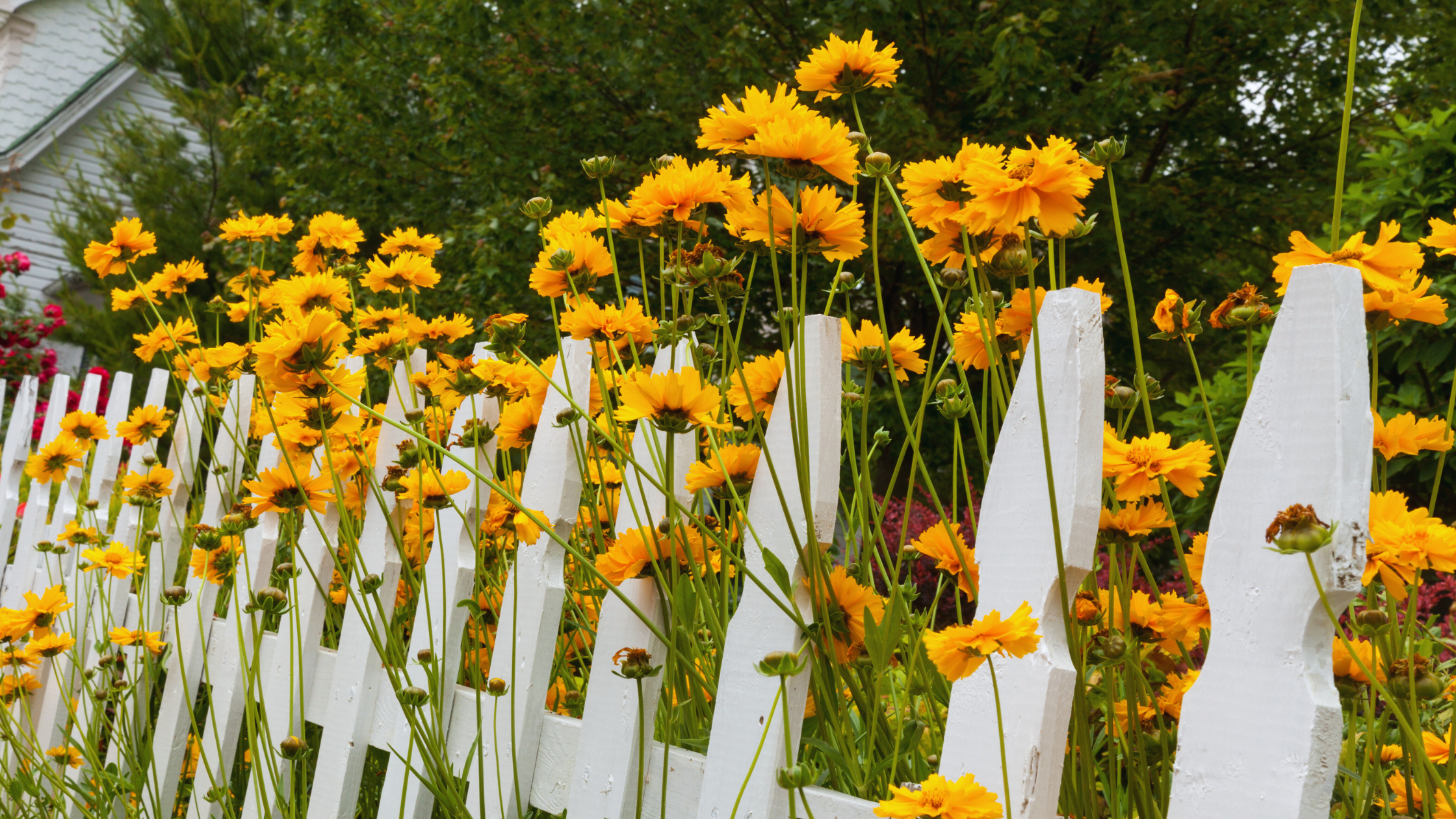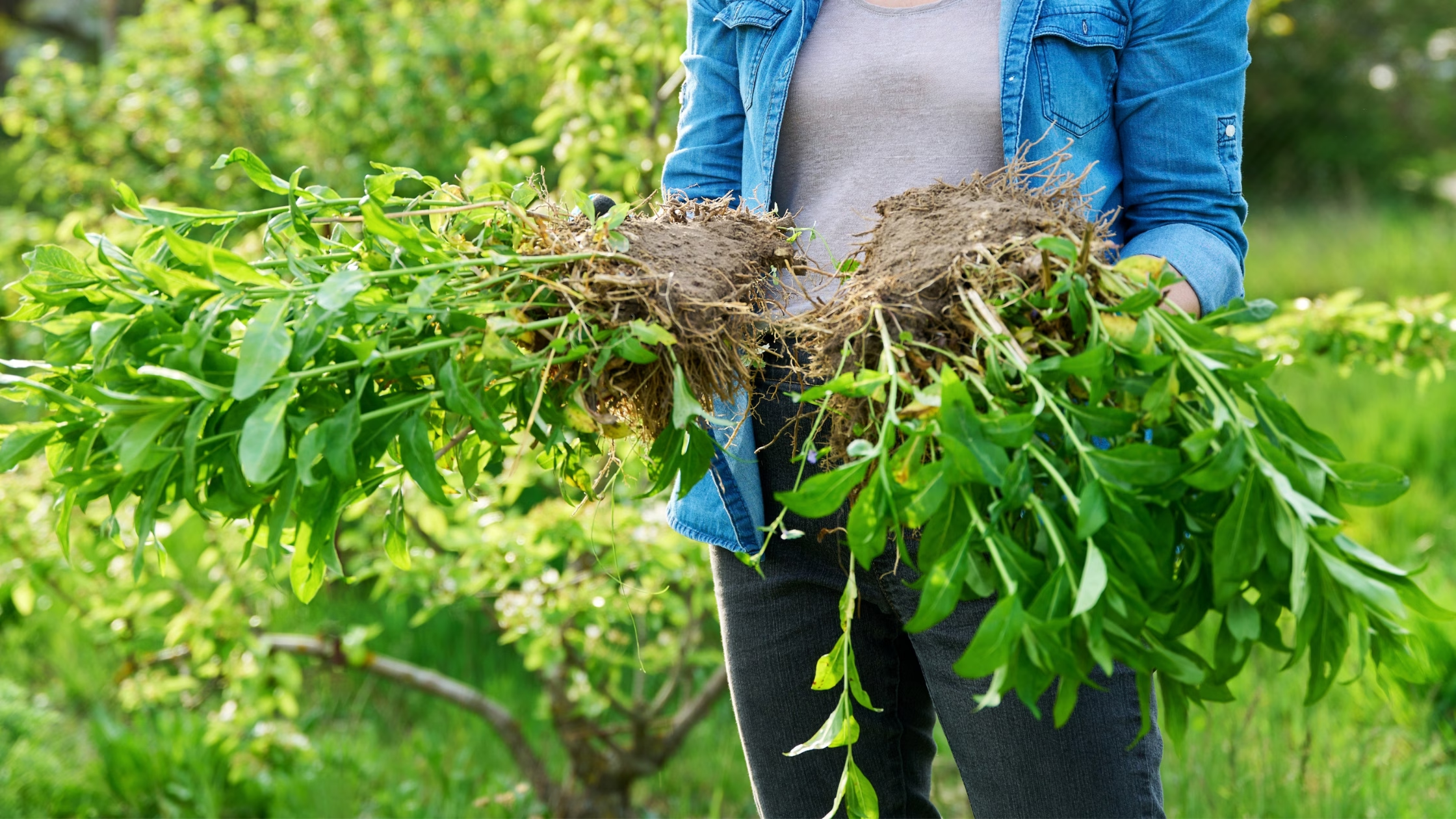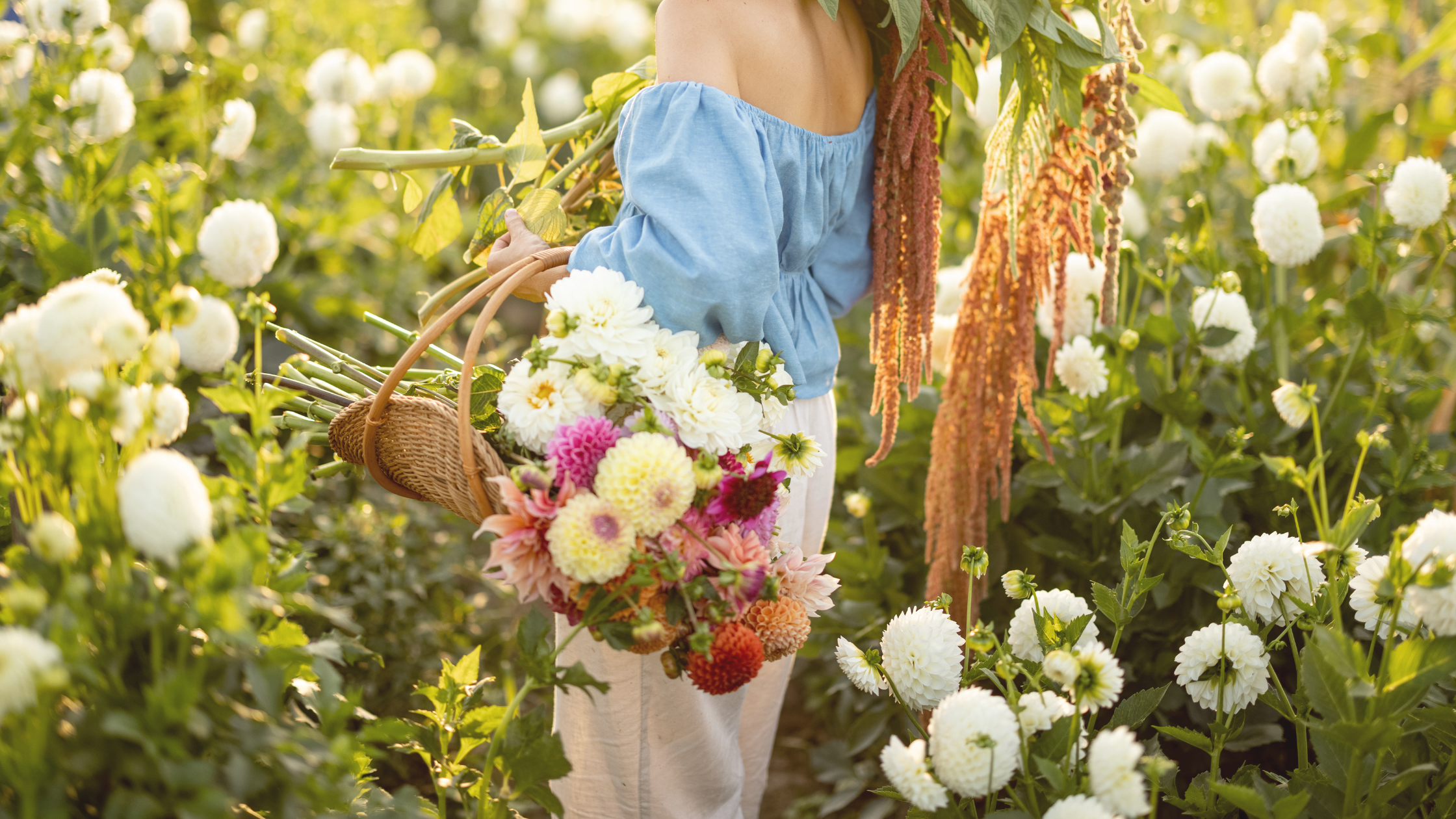Welcome to our August Gardening Checklist for the Mid-Atlantic region! August is a pivotal month in the garden, as the summer heat continues to challenge our plants, and the promise of a fall harvest begins to emerge. This month is all about maintaining the health of your summer crops, preparing for autumn planting, and ensuring your garden remains productive and vibrant. From watering techniques to pest control and planting fall vegetables, this checklist will guide you through the essential tasks to keep your garden thriving through the final stretch of summer.
August Gardening Checklist:
ANNUALS:
-Indoor seeding month! Time to sow cool-weather annuals, such as lobelia, alyssum, calendula, and pansies for fall planting. If you haven’t cleaned and disinfected your seed trays and pots from spring make sure to do so before getting started.
-Stay on top of watering, fertilizing, deadheading and weeding.
-Take cuttings of plants you want to winterize inside. Salvia, begonias, coleus, lantana, Persian shield, and geraniums are good for winter growing.
-Transfer cool-weather annual seedlings into a larger pot for more growth before being planted outside.
-Harvest seeds to save for next season. Allow them to dry out fully on a paper towel and them store them individually in an envelope.
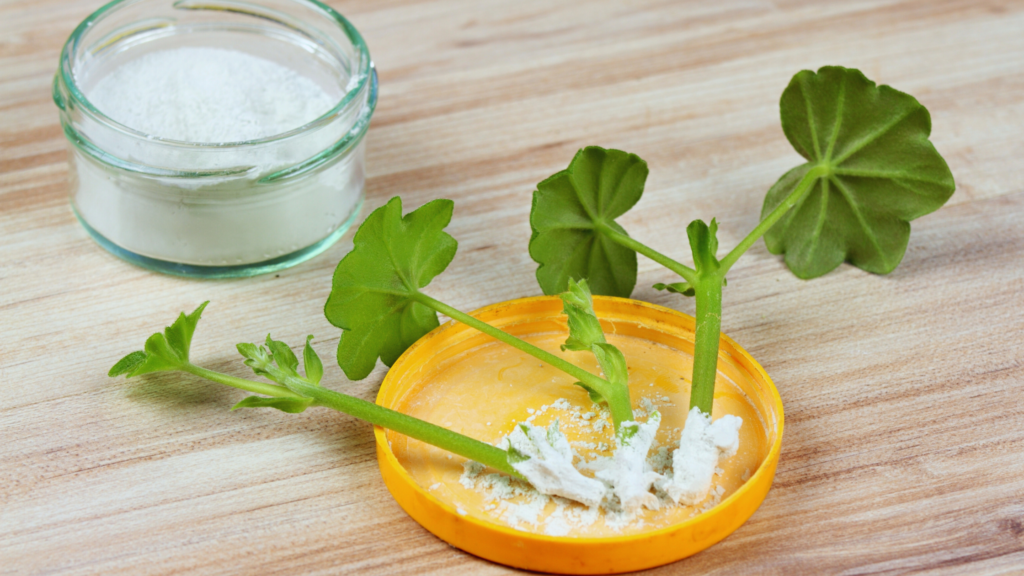
BULBS:
-Divide bearded iris plants. Dig up the plants, trim leaves back by half and separate the rhizomes. Discard any rotting parts. Replant and make sure the top of the rhizome is barely visible above the soil. Water well to ensure rooting.
-Deadhead summer-flowering bulbs to encourage more blooms (dahlias) and also to store energy for next year’s blooms (lilies).
-Cut off any withering foliage from tropical bulbs, such as elephant ears and caladium.
-If you are not over winterizing gladiolas, make sure to pull the corms when the finish flowering and discard them.
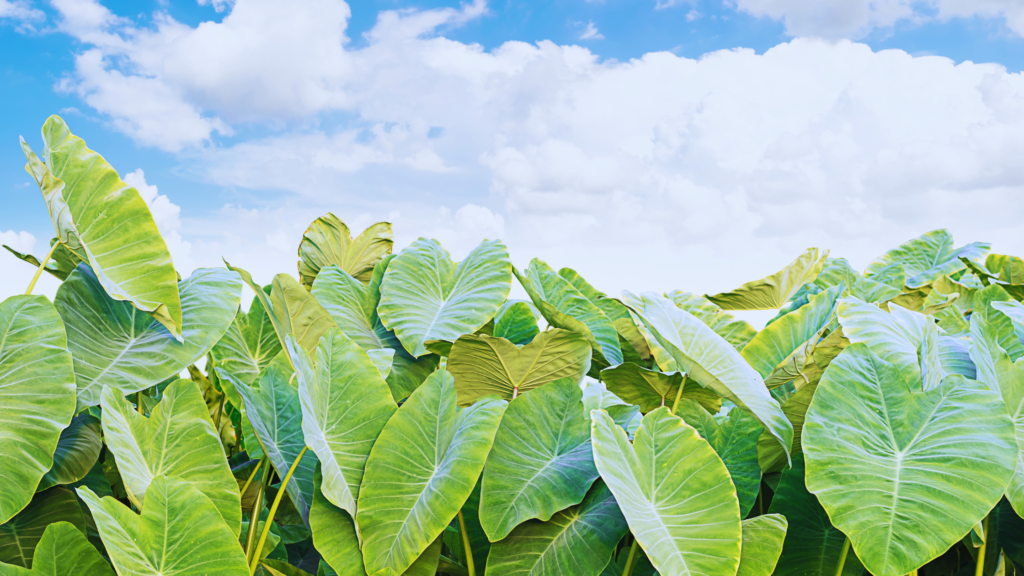
PERENNIALS + ORNAMENTAL GRASSES:
-Sow biennials (a plant that takes two years to grow from seed to fruition and die) outside to allow them to grow basal rosette leaves before winter. Foxgloves are a good example.
-Cut back heavy bloomers like blanket flower, catmint, and coreopsis to encourage new foliage and blooms.
-Be on the look out for good sales at garden centers or consider purchasing high quality, organic seeds from reputable sources: SEEDSNOW!
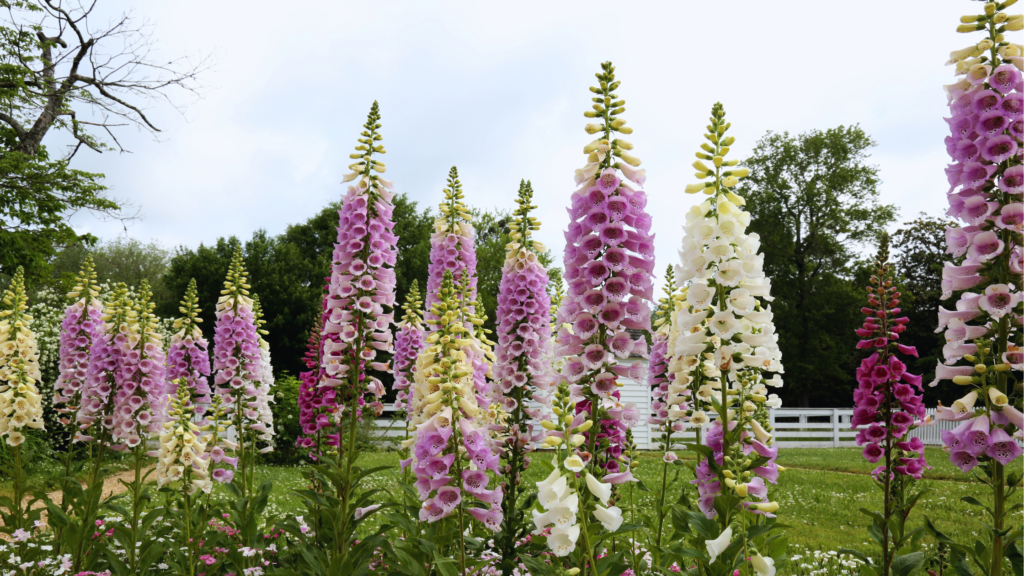
GROUNDCOVERS:
-Edge groundcover beds.
-Pull weeds from groundcover beds before they seed. This is always the best way to keep weeds from taking over.
-Prune groundcovers that have escaped boundaries. This will be the last time you should prune before plants become fully dormant for the winter. August pruning will allow new growth to harden in time for winter.
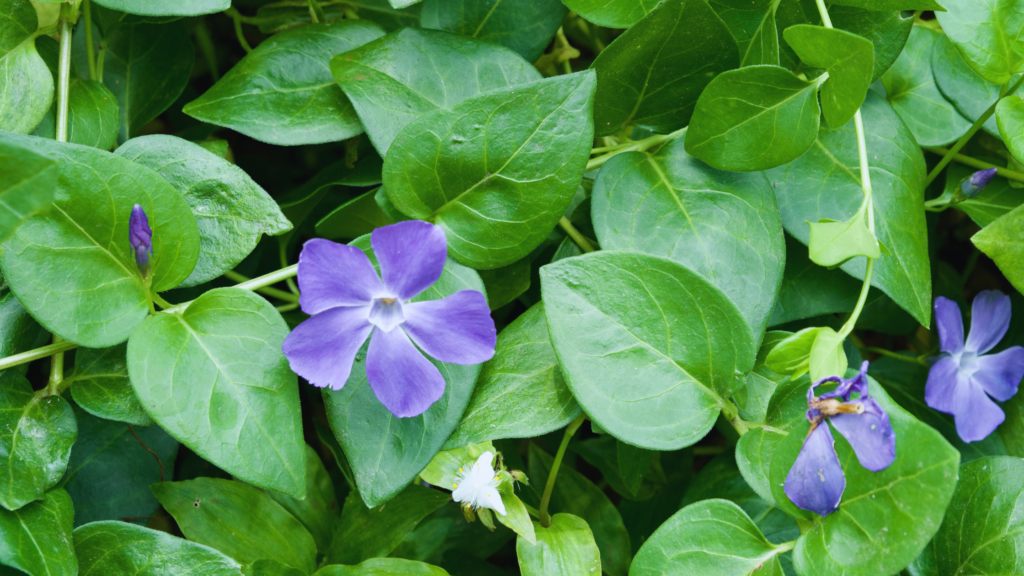
SHRUBS:
–Do not prune shrubs this month! New growth will not become hard enough to withstand frost.
-Water shrubs this month as August typically stands out as the hottest and driest month.
-Deadhead hydrangeas to encourage blooms.
-Deadhead crape myrtle to keep plants looking tidy.
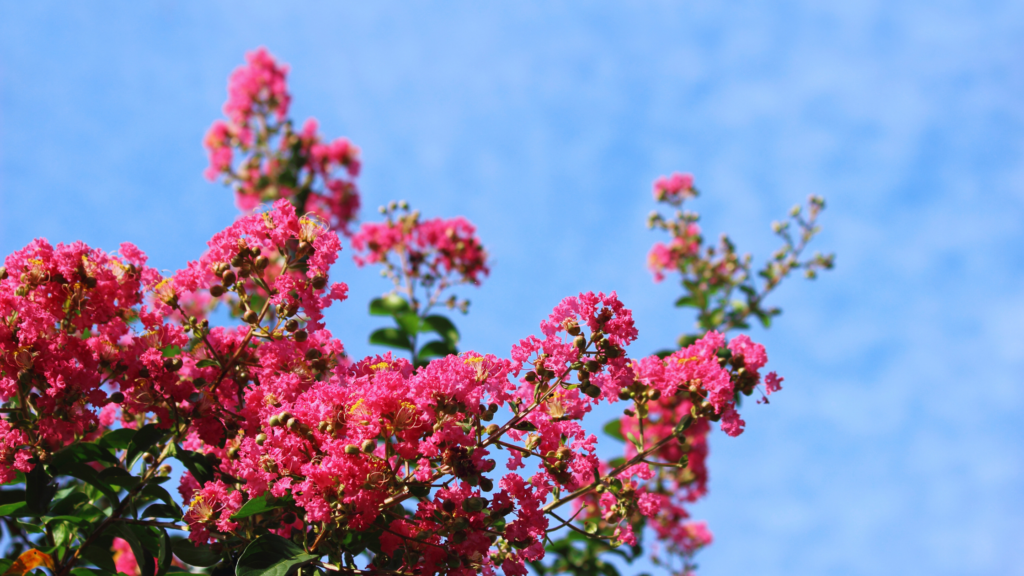
TREES:
-Clean up around fruit trees otherwise you’ll encourage pests, disease and encourage visiting wildlife.
-Mulch around trees that have surface roots showing. Removing them would risk damage to the trees so mulching is easier, or alternatively plant groundcover around them.
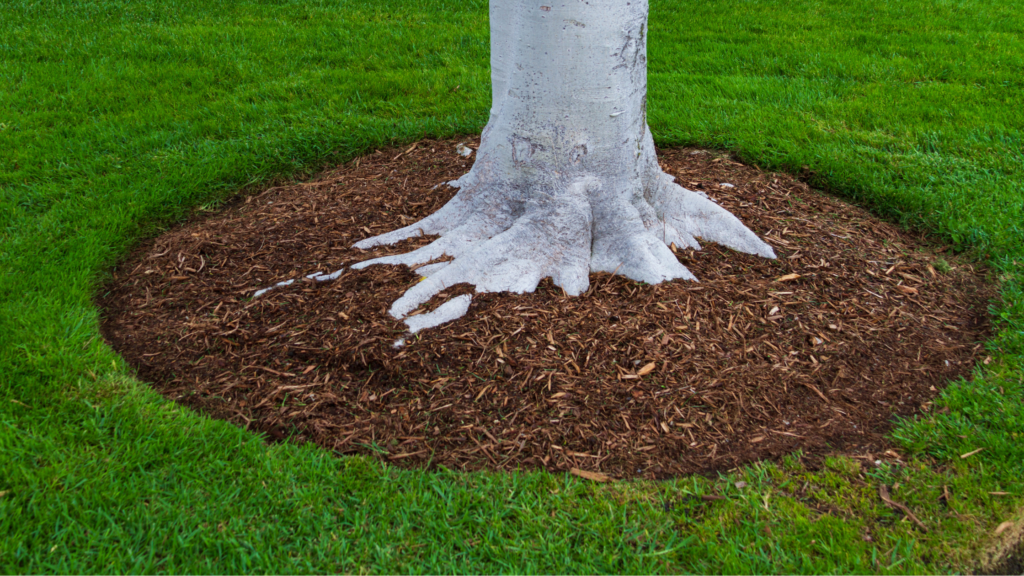
TURFGRASS:
-Set mower blades as high as possible this month. Don’t stop mowing if the lawn is still growing.
-Treat for webworms, chinch bugs and Japanese beetles.
-Apply reemergent herbicides this month to prevent cool-weather weeds from sprouting. Do not apply when temperatures are above 85F and when applying water thoroughly! Take note of instructions when it pertains to kids and pets staying off the lawn.
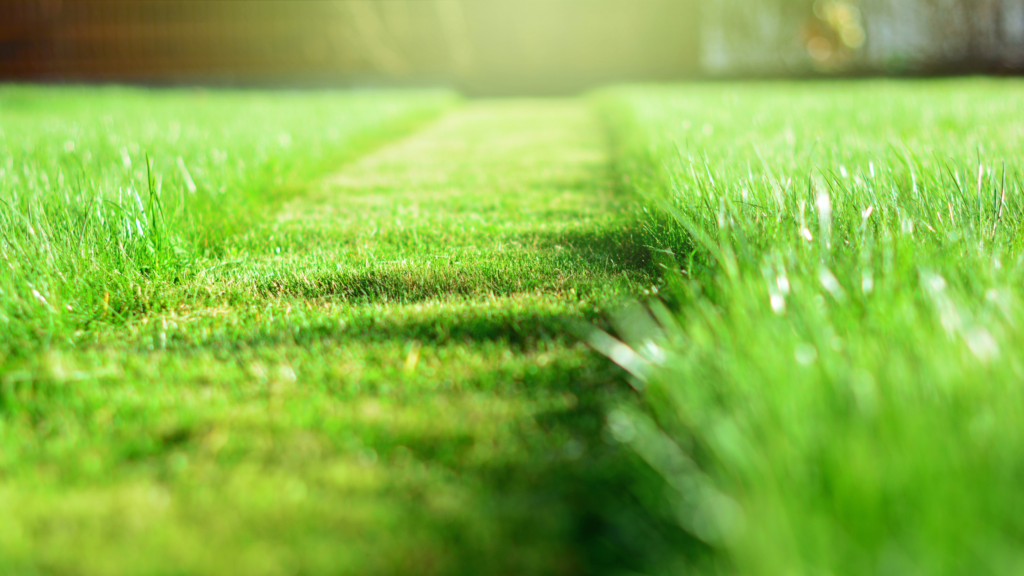
VEGETABLES + HERBS:
-Direct sow cool-season vegetables, such as carrots, broccoli, parsnips, cabbage, kale, spinach and arugula. These will be your fall and early winter vegetables.
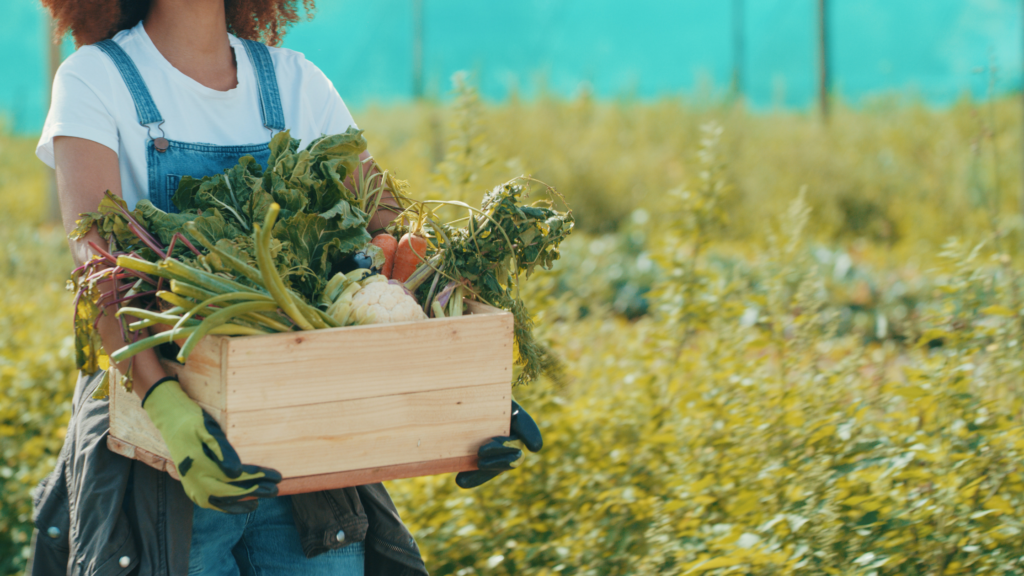

VINES:
-Prune perennial vines to maintain size and shape.
-Continue watering well, especially if you are experiencing a dry, hot summer. Soak deeply around the roots twice a week.
-Lightly prune clemantis after the second season bloom. Prune mostly for shape and removal of dead or diseased sections.
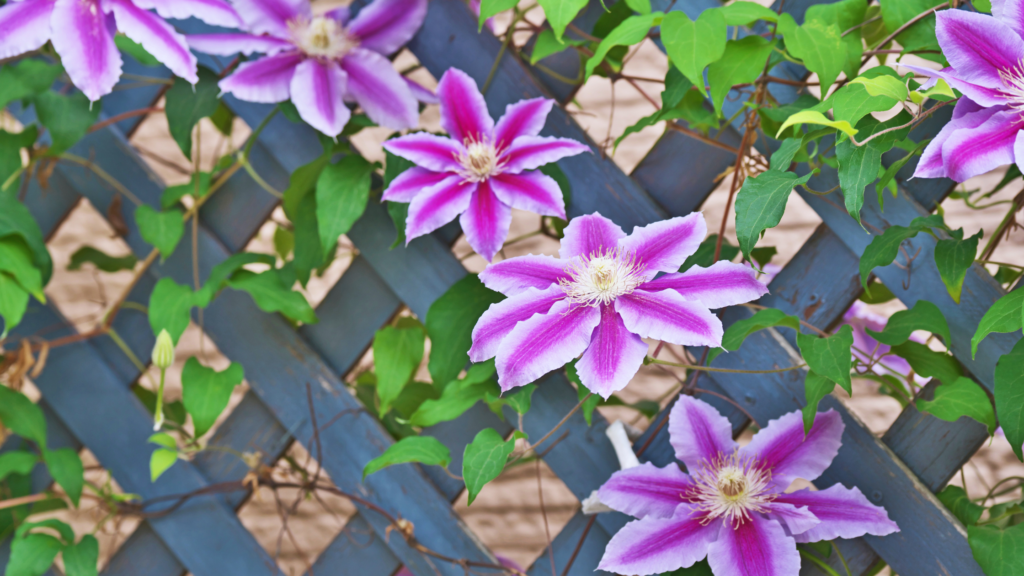
As summer winds down and we prepare for the cooler months ahead, staying on top of your garden tasks in August is crucial for a successful transition. By following this August Gardening checklist, you’ll ensure your plants remain healthy and productive, setting the stage for a bountiful fall harvest. Remember, consistent care and timely planting are key to a thriving garden. Enjoy the fruits of your labor and the beauty of your garden as we move towards autumn.
Happy gardening, and join us next month for more tips and tasks as we head into fall gardening! x
Keep checking back monthly for your gardening checklist. In the meantime browse our gardening page for ideas, information and inspiration!
